<KR>
〈케이 푸드: 한국 맛의 비밀: 1부, 한국 〉의 특별한 맛
한식을 '맛없음', '융합', '발효', '모이기', '습열'이라는 코드로 개괄적으로 설명한 개요입니다. 또한 궁중음식, 종가음식, 방아음식, 사찰음식, 제철 명절음식, 통과 의례음식 등 한국의 특별한 맛을 살펴봤습니다. 또한 요즘 한국인이 즐겨 먹는 식재료, 한식 양념과 고명, 한식 조리 도구, 백자, 놋그릇, 옹기, 한국 민속 토기, 목기 등 한식, 식탁과 소반(소형 휴대용 식탁) 등에 대한 기본 정보도 담겨 있습니다.
<ENG>
〈K FOOD: Secrets of Korean Flavors: Part 1, The Special Flavors of Korea〉
This is a general overview that outlines Korean food with the codes of 'flavorlessness ', 'fusion', 'fermentation', 'gathering,' and 'moist-heat.' In addition, we explored the special tastes of Korea, such as royal cuisine, Jongga food, Banga (nobleman house) food, temple food, seasonal holiday food, and rite of passage ceremonial food. It also contains basic information on ingredients that Koreans enjoy these days, Korean seasoning and garnish, Korean cooking tools, Korean dishes, such as white porcelain, brassware, Onggi, Korean ethnic earthenware, and woodenware, etc., and dining table and soban (a small portable dining table).
<FR>
〈K FOOD: Secrets of Korean Flavors: Part 1, The Special Flavors of Korea 〉
Il s'agit d'un aperçu général qui décrit les aliments coréens avec les codes « sans saveur », « fusion », « fermentation », « rassemblement » et « humidité-chaleur ». De plus, nous avons exploré les goûts particuliers de la Corée, comme la cuisine royale, la cuisine Jongga, la cuisine banga (maison noble), la nourriture du temple, la nourriture des fêtes de saison et la nourriture cérémonielle du rite de passage. Il contient aussi des informations de base sur les ingrédients dont les Coréens raffolent de nos jours, l'assaisonnement et la garniture coréens, les outils de cuisine coréens, les plats coréens, la porcelaine blanche, le laiton, l'Onggi, la terre cuite coréenne, etc., et la table à manger et le soban (une petite table à manger portable).
목차
〈K FOOD: Secrets of Korean Flavors: Part 1, The Special Flavors of Korea〉
Prologue
The Five Secrets Behind the Taste of Korea
Bland; Wrapping and Mixing; Pickling and Fermenting; Digging, Picking and Plucking; Simmering, Boiling and Steaming.
Korea’s Specialty Dishes
Royal Cuisine, Gourmet Food for Royals
Three Women of Korean Royal Cuisine
The Cuisine Coexisting with Royal Court Food: The Food of Seoul’s Nobility
The Prestigious Heritage of Jongga Food
Understanding Jerye Food
Heritage Foods of Korea’s Renowned Jongga
Temple Food, the Taste of Enlightenment
Why Eating Temple Food is the Key to a Long Life
Praying for Health, Prosperity and Happiness: The Food of Korean Holidays
Food and Rites of Passage
Korean Food Basics
Foods Contemporary Koreans Like to Eat
Korean Condiments: Not Just a Seasoning but also a Medicine
Gomyeong: A Picture Drawn in a Dish
Deep Cuts: Korean Cooking Knives
Cooking Utensils for Korean Dishes
Artless Art, Kitchenware for Korean Food
The Feudal Ethics and Democratic Principles Contained in Korean Tables
Soban: The Mobile Dining Table for One
The Dining Tables of the Koreans
Dining with Guests
Daily Dining for Families
A Farmer’s Lunch Table
A Senior’s Birthday Dinner
Making Picnic Lunches for Families with Children
A Solo Diner’s Simple Dinner
A Weekend Meal for Three Generations
A Vegetarian’s Dinner
The Dining Table of a Long-Term Expat
A Korean Chef’s Formal Dinner
Appendix
What’s Inside Koreans’ Cupboards
Jongga Food in the Supermarket
Where to Experience Authentic Korean Food

















